California’s Wildfires Can Officially be Seen from Space
Satellite images captured by NOAA’s GOES-West satellite are offering an extraordinary and sobering view of the wildfires blazing through Southern California. These wildfires have grown so large and intense that they can now be seen from space.
The satellite snaps pictures every five minutes, showing massive smoke plumes rising from areas like Los Angeles, San Bernardino, and Orange Counties.
Three Major Fires Burning Through Southern California
Three significant wildfires are wreaking havoc: the Bridge Fire in the San Gabriel Mountains, the Line Fire in San Bernardino, and the Airport Fire further south.

Source: Apu Gomes/Getty Images
Together, they have scorched tens of thousands of acres and are threatening homes. NOAA’s satellite animation captures the shocking scale of these blazes as they continue to grow day by day.
A Sky Darkened by Smoke
As the fires rage, Southern California skies have turned into a scene from a disaster movie. Thick, brown smoke billows into the air, creating an eerie, orange glow over mountain communities.
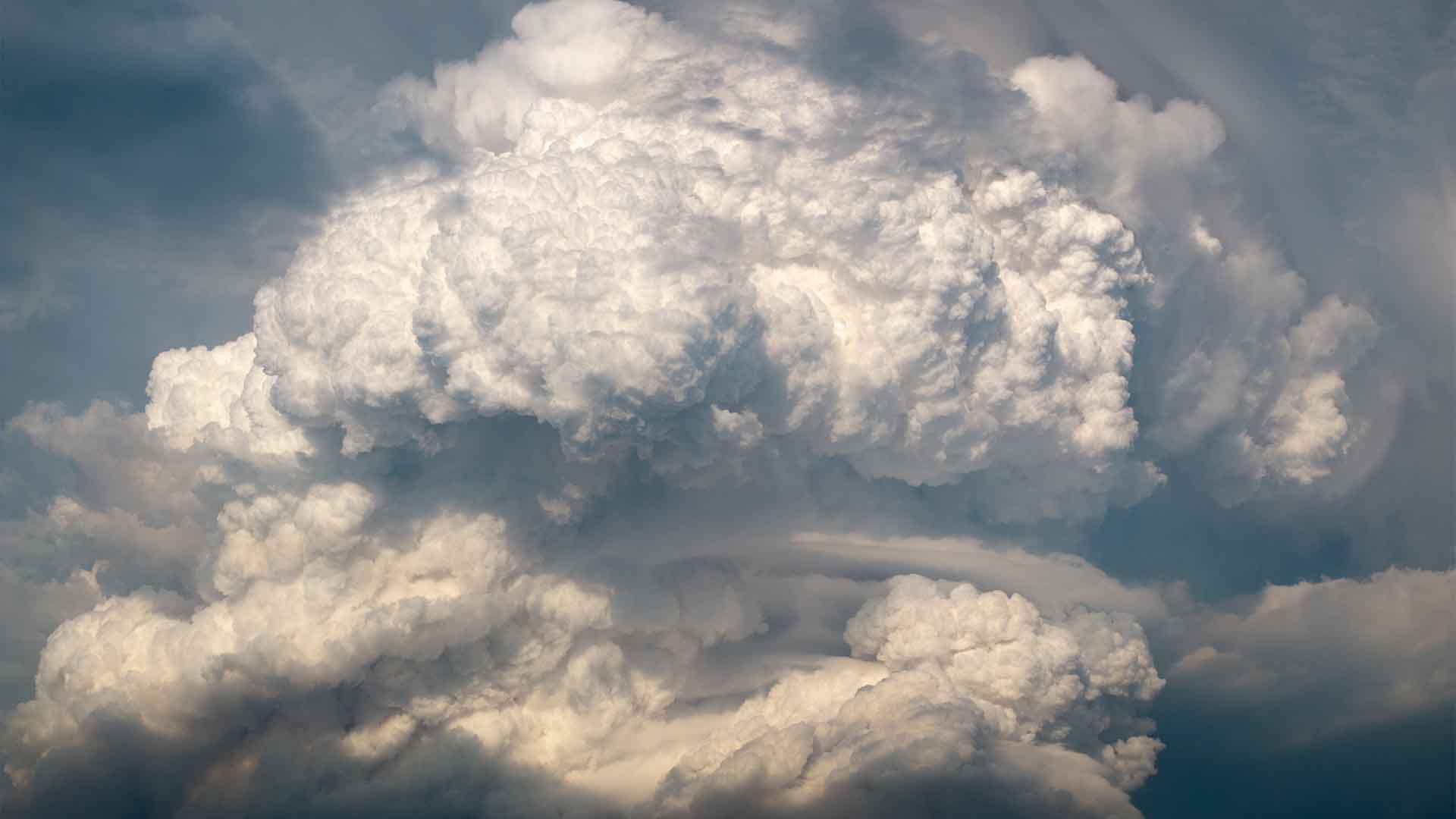
Source: David McNew/Getty Images
One resident, Megan Vasquez, said it best: “It looked exactly like a nuclear warhead had been set off in the mountains.” This visual chaos adds to the fear and urgency for those facing the wildfires.
Wildfires Fueled by Triple-Digit Heat
These wildfires aren’t spreading on their own—an intense heat wave with triple-digit temperatures has provided the perfect fuel. With temperatures soaring over 100 degrees, the fires have rapidly expanded, leaving more homes and lives at risk.

Source: Wikimedia
As a result, evacuation orders have been issued for towns like Big Bear and Wrightwood, with no immediate relief in sight.
A Threat to Thousands of Homes
Tens of thousands of homes are now in danger as the fires continue to grow. In Orange County, the Airport Fire has already left cars and homes scorched, while other areas brace for similar devastation.
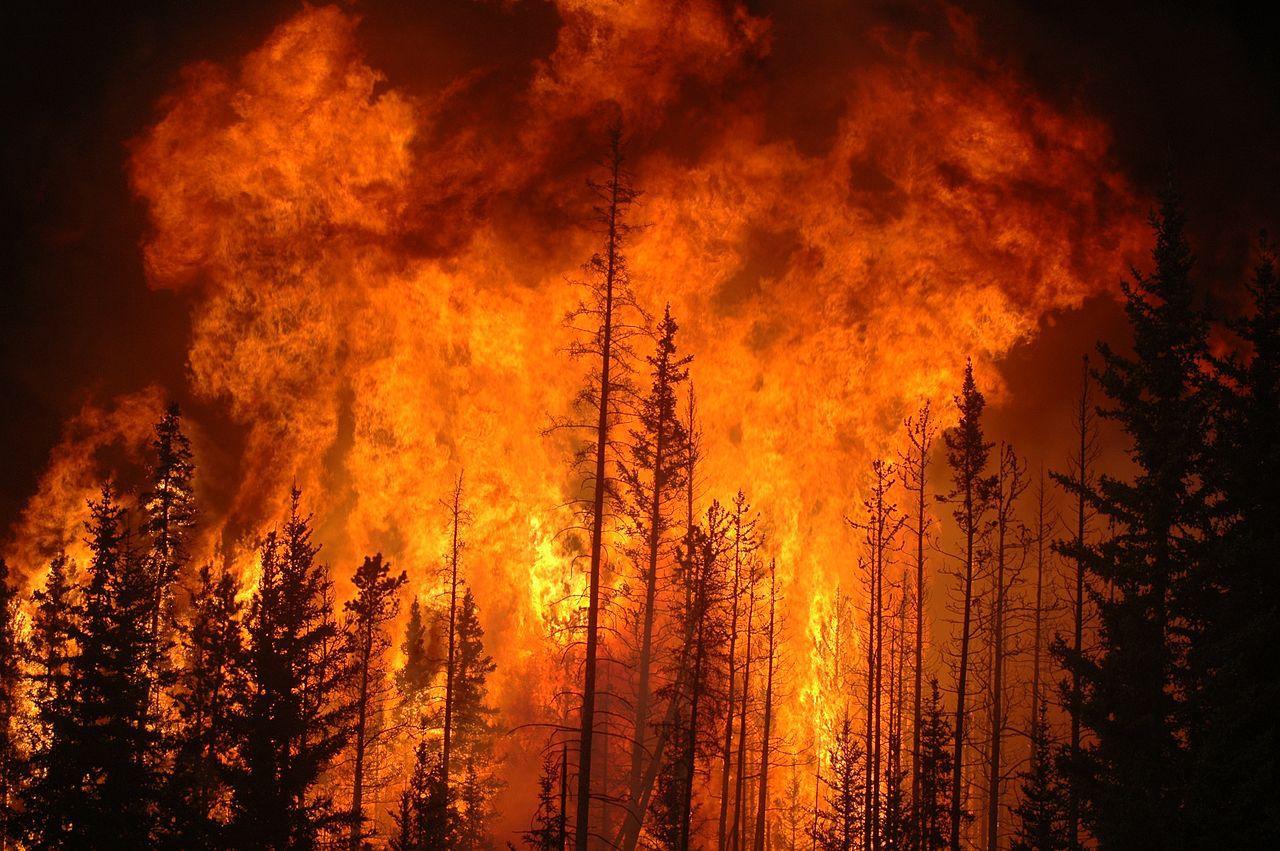
Source: Wikimedia
Entire communities have been forced to evacuate, leaving behind their homes, memories, and belongings as they flee for safety.
A Fiery Storm: Pyrocumulonimbus Clouds
The wildfires have become so intense that they’ve created their own weather system. Known as pyrocumulonimbus clouds, these fire-generated clouds can spark lightning strikes, which make the situation even worse.
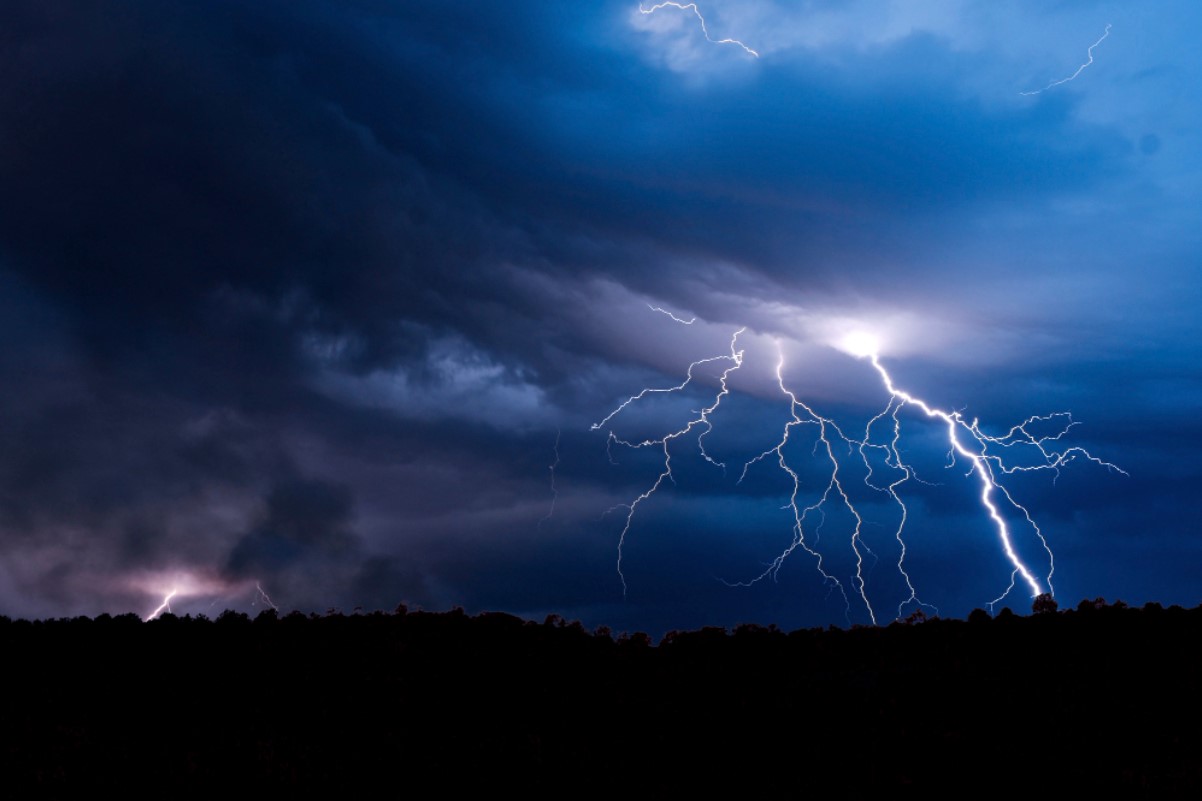
Source: Freepik
In fact, over 3,300 lightning flashes were detected in the clouds, causing new fires and halting firefighting efforts. It’s a perfect storm of fire and weather.
Lightning Strikes and New Fires
One of the biggest challenges firefighters face is the unpredictable weather. On Saturday alone, there were 282 lightning strikes recorded around Highland and Big Bear, caused by these fiery clouds.
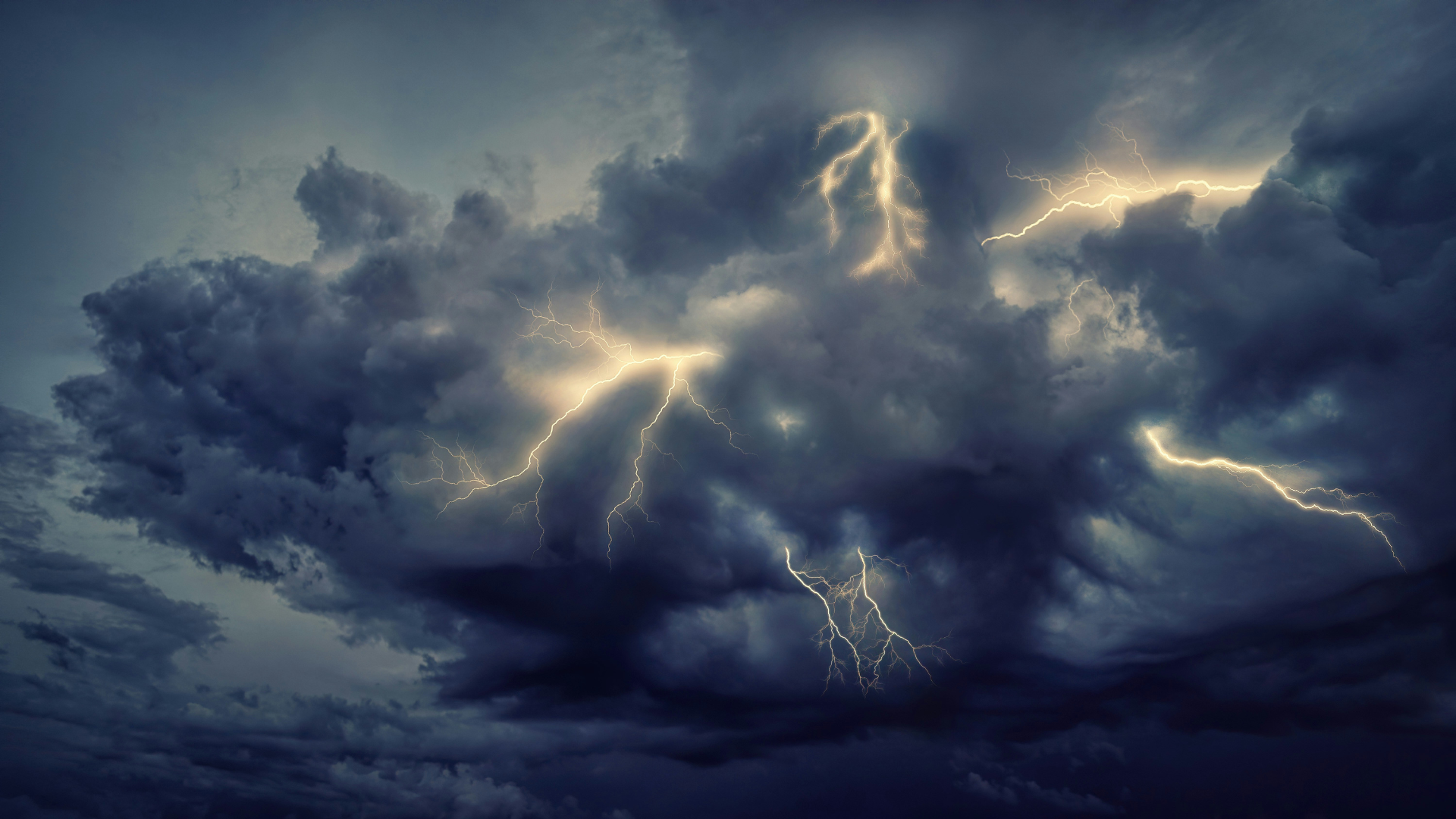
Johannes Plenio/Unsplash
Each strike brought the potential to start new blazes, making an already dire situation even more dangerous for both residents and firefighting crews.
Communities on the Move
Residents in areas like Running Springs and Arrowbear Lake have had no choice but to pack their bags and evacuate. Long lines of cars have been seen inching down the mountain roads as people try to escape the fire’s path.
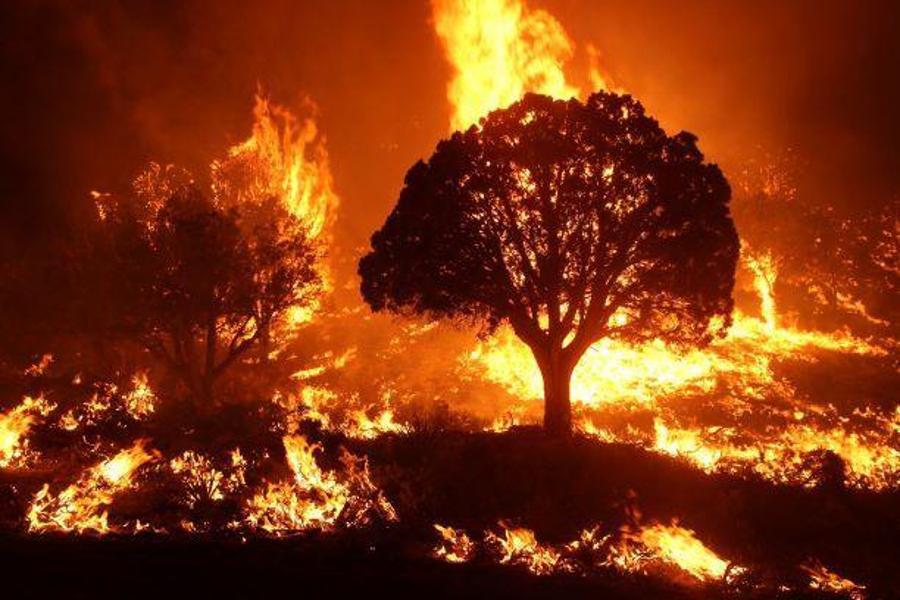
Source: Wikimedia
In many cases, entire communities are forced to abandon their homes and businesses, unsure of what they’ll return to once the fires are under control.
Health Risks from Smoke and Ash
As the fires burn, ash and smoke are spreading across Southern California, creating serious health concerns. In places like Lake Arrowhead, the air quality has deteriorated to dangerous levels. Officials have issued air quality alerts, advising people to stay indoors.
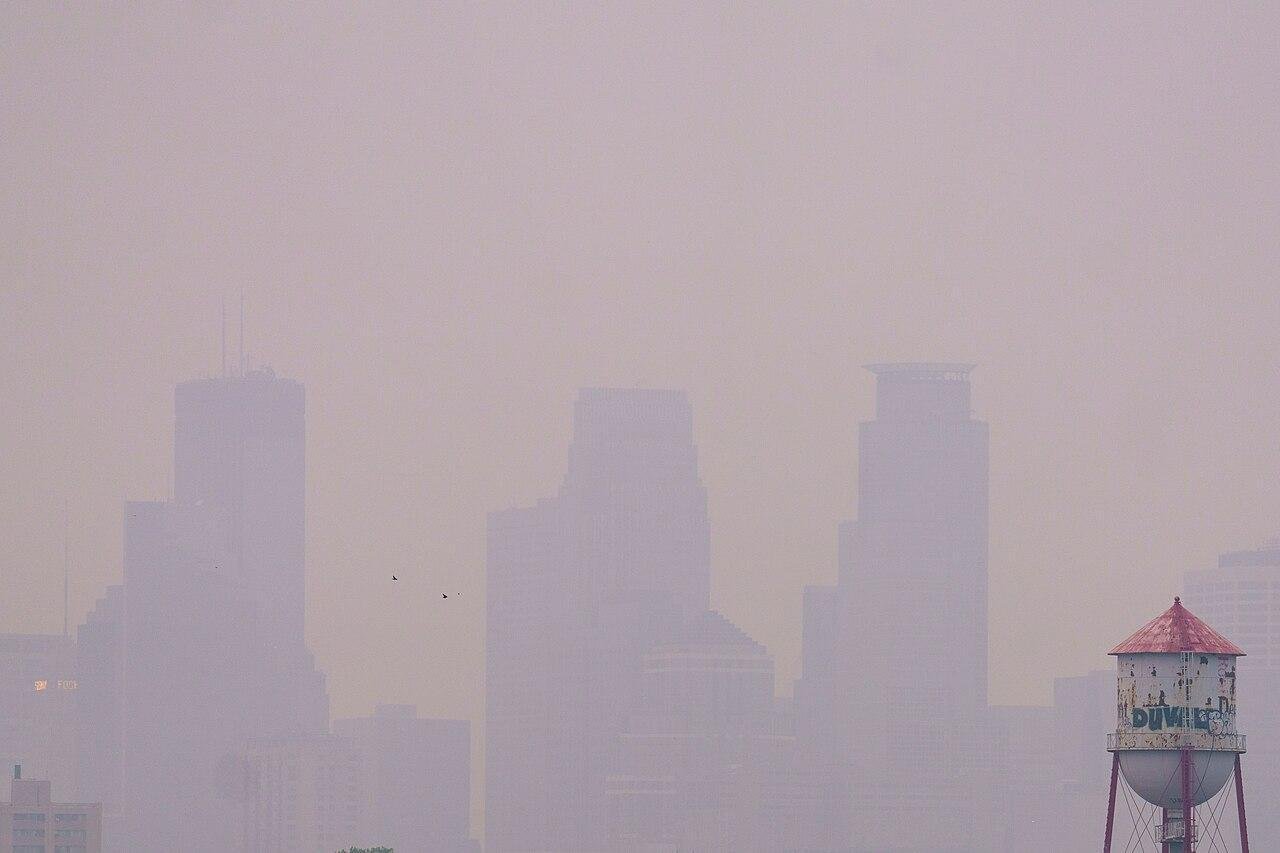
Source: Wikimedia
The fine particles in the smoke can trigger asthma attacks and worsen respiratory issues, especially for vulnerable groups.
Cal Fire’s Efforts
Over 2,000 firefighters are battling the wildfires on the ground and in the air. Helicopters and planes are dropping water and fire retardant to slow the spread.
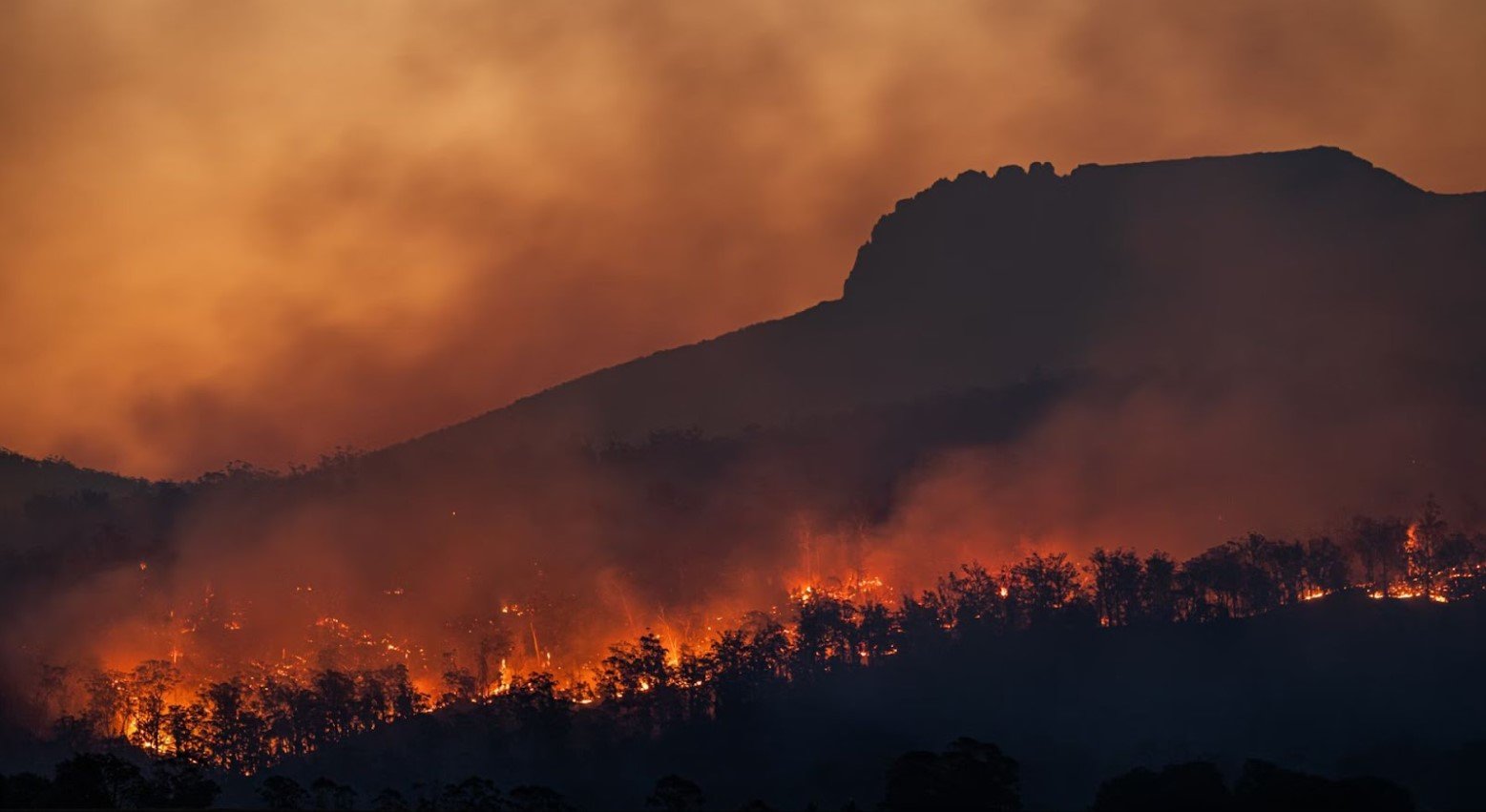
Source: Matt Palmer/Unsplash
Governor Gavin Newsom has even called in the California National Guard to provide additional support.
Record-Breaking Heat Adds Fuel to the Fire
The triple-digit temperatures continue to pose a huge problem for firefighters. While some cooler weather is on the horizon, temperatures remain dangerously high, pushing 110 degrees in certain areas.
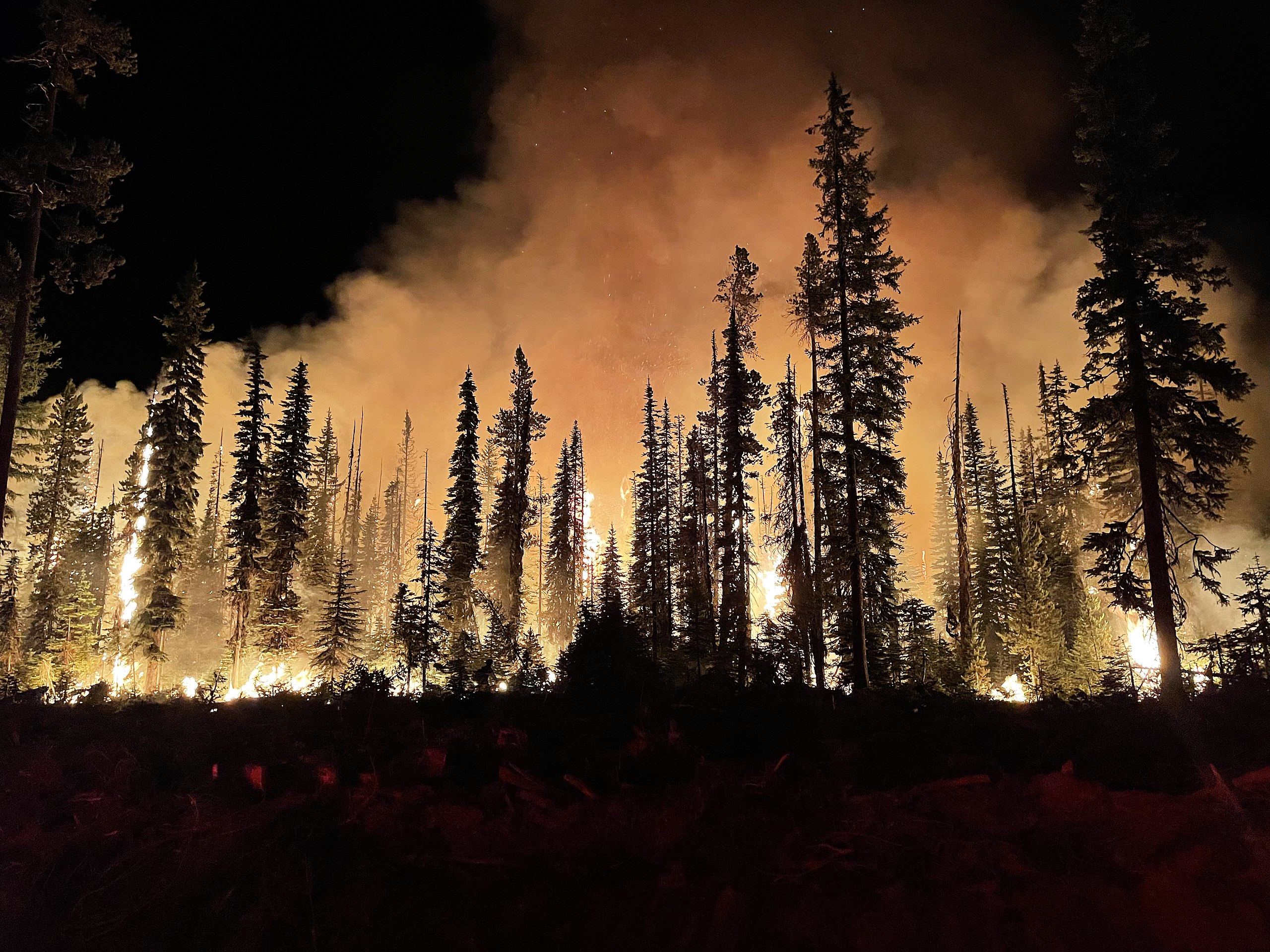
Brendan O'Reilly/Wikimedia Commons
This intense heat, combined with the already dry conditions, is making it nearly impossible to contain the fires. Firefighters are anxiously awaiting the slight relief that lower temperatures might bring.
A Crisis Monitored by the Nation
The situation in Southern California is so severe that it has caught the attention of the entire country. President Joe Biden is reportedly monitoring the wildfires and has urged residents to follow all evacuation orders.

Source: @JoeBiden/YouTube
As California enters the height of wildfire season, experts warn that more fires may be on the horizon, with the state already facing nearly three times more land burned than in all of 2023.
